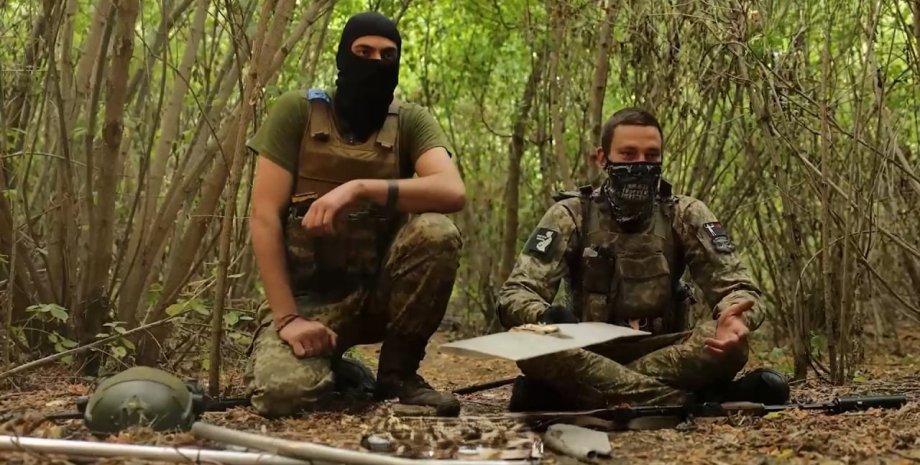
 By Victor Duda
By Victor Duda
The border guard with the call sign "Lyurg" noted that Russian homemade UAVs fly away about 15-10 km from the border and fly abroad for at least 10-15 km. With a repeater, these drones can fly even further. According to the military, externally such a drone resembles a "corn" in a miniature. The drone is made of foam, ordinary plywood and aluminum pipes. Inside such UAVs-equipment from the FPV-aroma. Despite the same "stuffing", self-made UAVs has one advantage over the usual FPV-zero.
Since the copter flies at the expense of propeller, in case of loss of communication, he immediately falls down. At the same time, cheap Russian air drone due to its aerodynamic properties can still fly some distance. "We can at the height at which he flies, not even heard until it is too late until he goes to decline and defeat," Lycurg said. According to the border guard, you can hear or see such UAV at a distance of 100-150 m. It can be damaged at a height of 100 m if you shoot for bias.
The most vulnerable place of such devices is the wings. We will remind, Ukrainian specialist Yuri Abdula disassembled Russian cheap drone-bait of aircraft type designed to deplete the resources of air defense. According to him, such a drone can be harvested for less than UAH 100 thousand. For his part, the Ukrainian Middle . net Developer Pavel Somko told how he bought on Aliexpress details and electronics for self-assembly of the FPV-aroma, spending only about 7,000 hryvnias on them.










All rights reserved IN-Ukraine.info - 2022